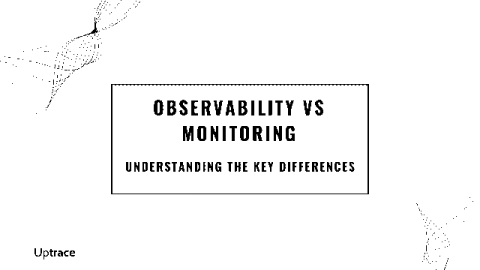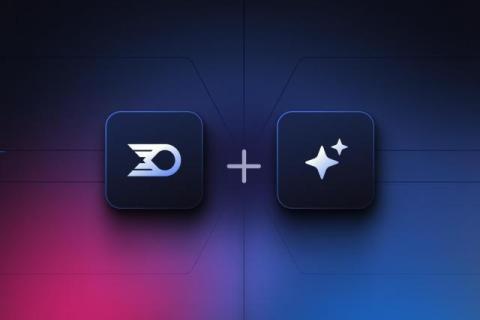Observability vs Monitoring [Understanding the Key Differences in 2024]
When systems fail, it's not just a technical hiccup – it's a business problem. Downtime means unhappy customers and lost revenue. That's why teams need effective ways to spot issues fast and fix them even faster. This is where monitoring and observability come into play. Monitoring and observability are two key approaches to keeping your systems running smoothly. Monitoring is like your system's alarm bell – it tells you when something's wrong.











